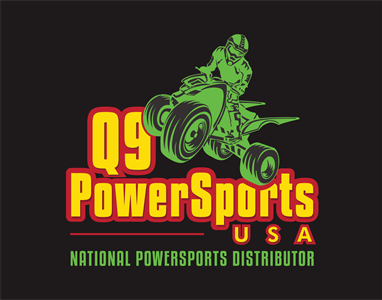Understanding the Financial Investment Required
Operating a National PowerSports Dealership is a complex endeavor that involves significant financial commitments. From the initial setup costs to ongoing operational expenses, understanding the financial landscape of running a dealership is crucial for long-term success.
Initial Investment Costs
When establishing a National PowerSports Dealership, there are several key expenses to consider:
- Facility Costs: Acquiring or leasing a suitable showroom and service area involves substantial upfront costs.
- Inventory Investment: Stocking a variety of power sports vehicles such as motorcycles, ATVs, and personal watercraft requires a significant initial investment.
- Equipment and Tools: Purchasing tools, diagnostic equipment, and service bays is essential for maintaining and servicing the inventory.
- Licensing and Permits: Obtaining the necessary licenses, permits, and certifications to operate legally is a non-negotiable expense.
Ongoing Operational Expenses
Running a National PowerSports Dealership involves continuous expenses that must be managed effectively to ensure profitability:
- Staffing Costs: Wages for sales staff, mechanics, and administrative personnel are a significant portion of the operating budget.
- Utilities and Maintenance: Monthly expenses for utilities, maintenance, and repairs can add up and impact the overall cost of operation.
- Marketing and Advertising: Promoting the dealership through various channels, including digital marketing, events, and sponsorships, requires a dedicated budget.
- Insurance Premiums: Protecting the dealership, inventory, and employees with comprehensive insurance coverage is an ongoing cost.
- Training and Development: Investing in employee training and development programs to enhance skills and knowledge contributes to long-term success.
Financial Planning and Management
Effective financial planning and management are essential for the sustainability of a National PowerSports Dealership. Key strategies include:
- Budgeting: Developing a detailed budget that accounts for all expenses and revenue projections is essential for tracking financial performance.
- Monitoring Cash Flow: Regularly monitoring cash flow, expenses, and income can help identify areas for improvement and cost-saving opportunities.
- Vendor Negotiations: Building strong relationships with suppliers and negotiating favorable terms can lead to cost savings on inventory and equipment purchases.
- Profit Margin Analysis: Analyzing profit margins on sales and services can help identify areas where pricing adjustments may be needed to improve profitability.
- Investment in Technology: Leveraging technology solutions such as inventory management software and customer relationship management systems can streamline operations and reduce costs.
Conclusion
Operating a National PowerSports Dealership requires a substantial financial investment and ongoing commitment to managing costs effectively. By understanding the initial setup costs, ongoing operational expenses, and implementing sound financial planning and management practices, dealerships can navigate the challenges of the industry and position themselves for long-term success in the competitive market.

